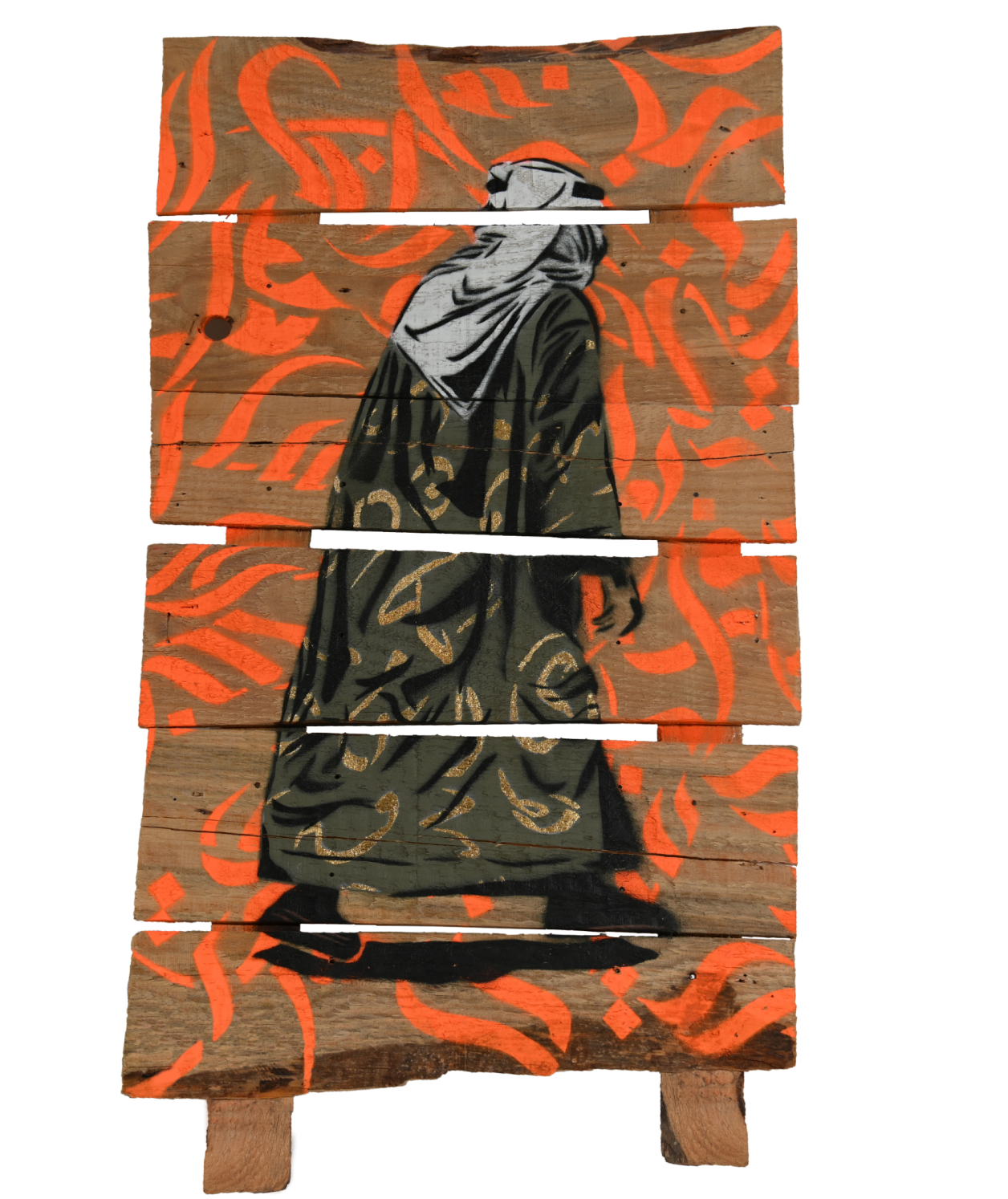Majestic Sources of life
Water Jar & Stand. This kilga water jar and stand, dating from the Fatimid and Mamluk period respectively, are carved from two blocks of marble. They provided water to the public for centuries. Egypt, 14th century (stand), 11th century (jar). Museum of Islamic Art, Cairo 6921 (jar) and 104 (stand). These objects are part of the "Shatr Almasjid: the Art of Orientation" exhibition at Ithra.
‘A water attendant is to be appointed to raise water from the cistern to its storage at the sabil, and to offer it daily to passers-by.’ Waqf Deed, Al-Ghuri Mosque complex, Cairo, 1516 CE
The provision of water, truly a source of life, is a religious obligation and an essential function of the mosque. Throughout history, Muslim societies have worked on maintaining regular and sufficient water supply outside
mosques for refreshment. This basic availability of water necessitated the manufacture of fountains known as sabils — meaning “road” or “path”— and appropriate containers and systems for distribution. For example, this water dispenser shown here, comprising of a stone water jar (kilga) and stand was probably situated on the street outside of a mosque to generously provide precious drinking water for travelers and to assist in the ritual purification (ablutions) before prayers.
Written by Idries Trevathan, Curator of Islamic Art at Ithra.


